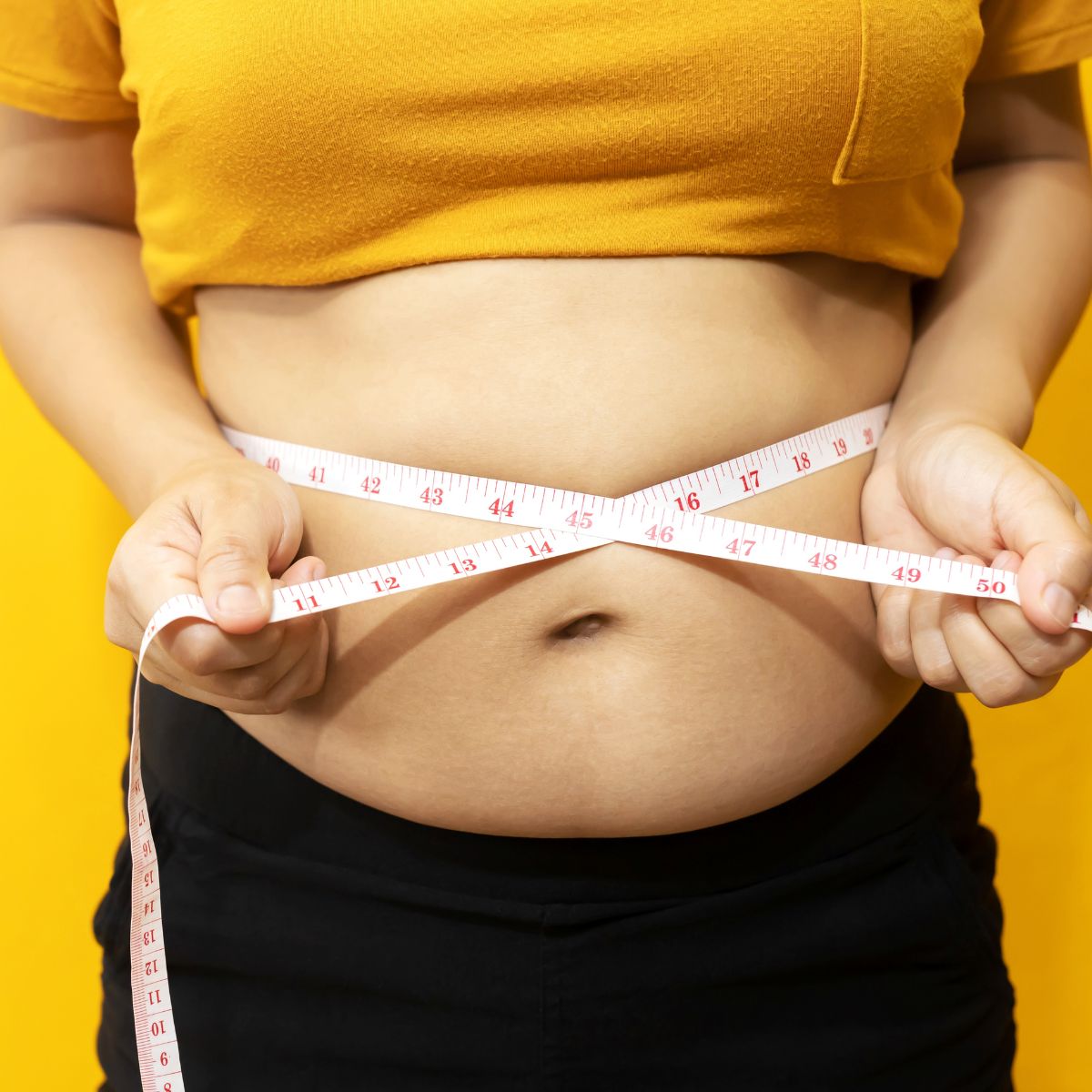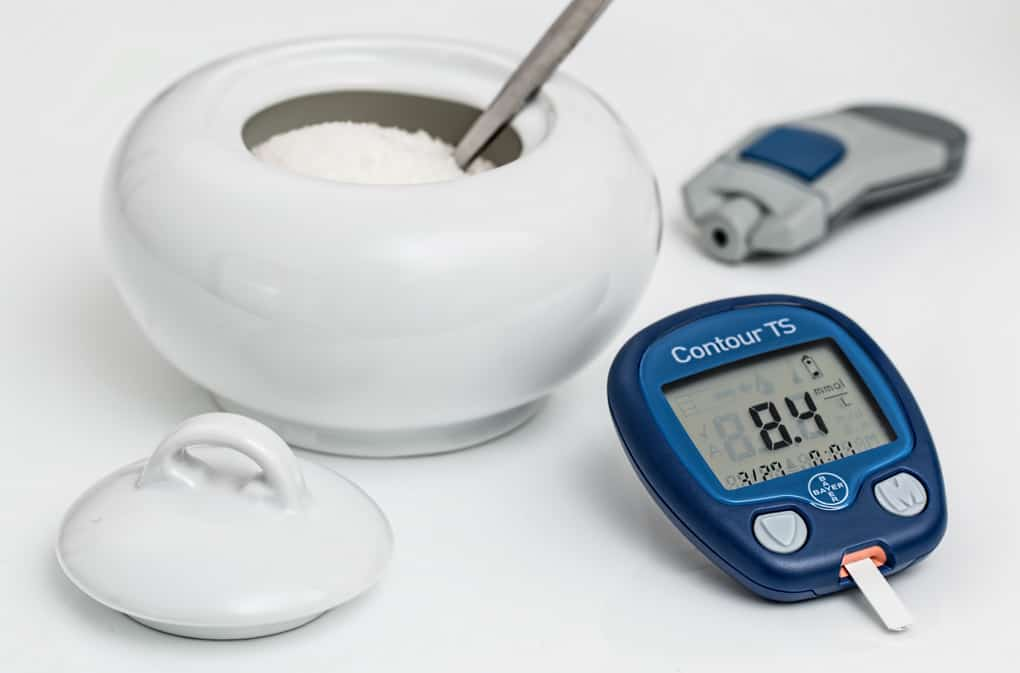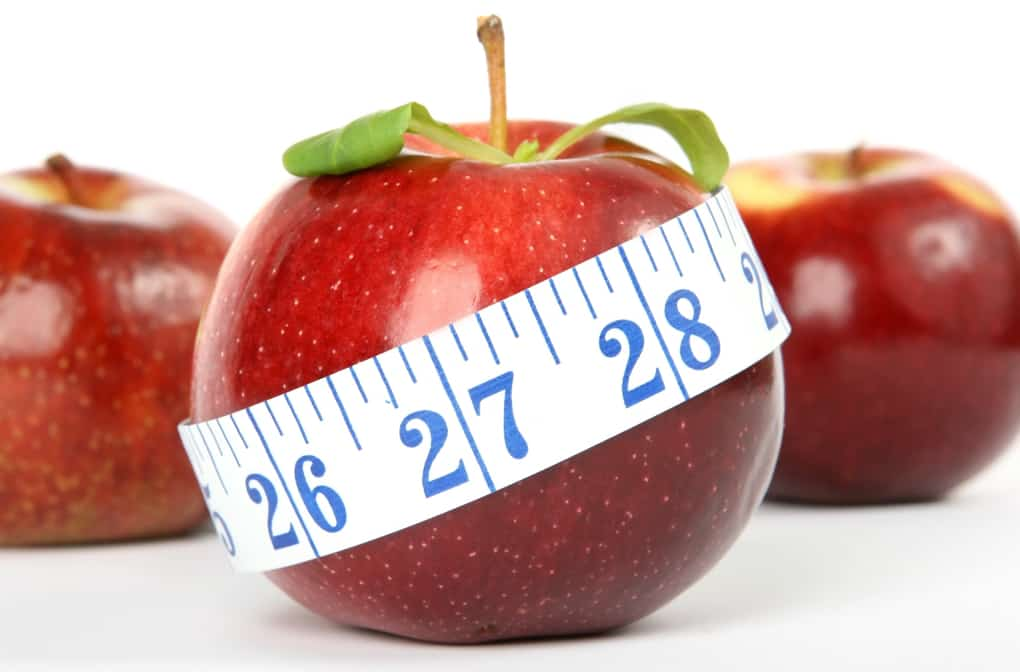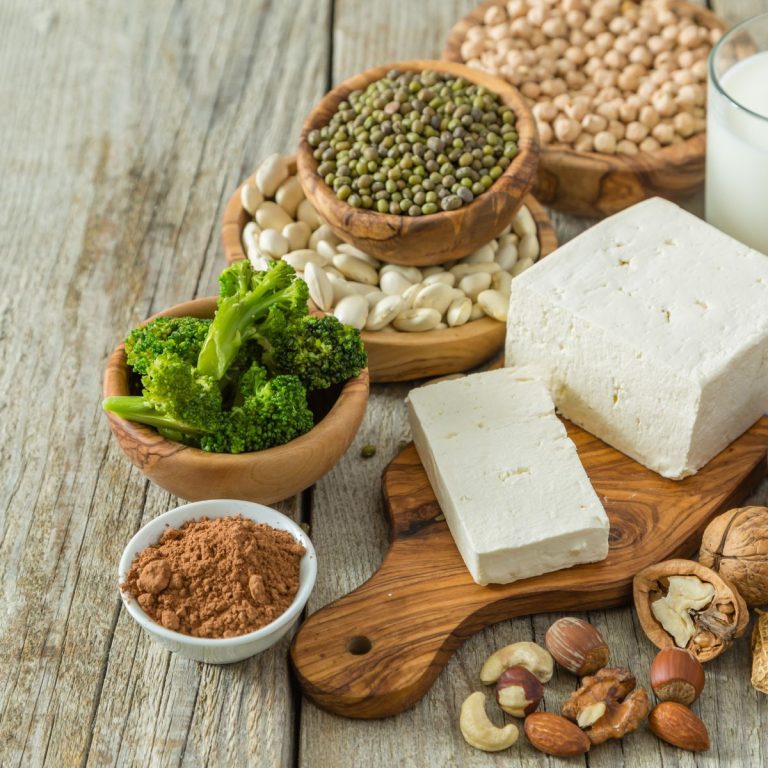Understanding the Dangers of Belly Fat

4 Keys to Taking Control of Your Waistline and Your Health.
As women, we often tell ourselves and have often been told that belly fat is just part of what happens to us as we start to get older. Another thing we hear is that it’s a superficial issue, and we should learn to accept ourselves the way we are – that only teenagers don’t have a little flab around the middle. While fitness instructor, nutritional expert, mind-body serenity coach and author Adita Lang says that she’s all for women loving and accepting themselves, it’s false to think that belly fat has to be an inevitable and relatively harmless fact of aging. In fact, Adita is 52, and she doesn’t have extra weight around her middle.
Yes, she is a fitness and nutrition expert, but it just goes to show, it’s not something that has to happen or even should happen. It also goes to show why we want to take our advice from someone like Adita, who not only knows and teaches about health and wellness, but who also truly lives it as well. That’s why I went to her to better understand the dangers of belly fat and to find out how we can all take control of our waistlines and our health.

What is Belly Fat?
In a nutshell, Adita says that belly fat is the accumulation of too many sugars. That doesn’t mean that we’re all going around adding lots of table sugar to our food or eating candy bars every day because most of us know that’s not going to cut it. As Adita points out, sugars include sugar, flour, dairy and alcohol. Our bodies “Interpret them all as sugar and treats them all the same for the most part.”

Adita acknowledges that we need sugar (specifically glucose) for our brain and body to function, but we only need a certain amount. If we only need 10 grams of sugar, but we eat 25, that excess has to go somewhere so our bodies are going to place it around our center.
An article from Harvard Health Publishing at Harvard Medical School explains that abdominal fat comes in two different forms. “Some of it is located in the fatty tissue just beneath the skin. This subcutaneous fat behaves like the fat elsewhere in the body; it’s no friend to health, but it’s no special threat either. Fat inside the abdomen is another story. This visceral fat is located around the internal organs, and it’s the true villain of the piece.”

Health Issues Caused by Belly Fat
Visceral fat, according to the Harvard article, is the bad guy because it can result in organ dysfunction which can impact insulin, blood sugar and cholesterol regulation. It can also cause “abnormal heart function.” This type of fat isn’t just an issue for people who are clearly obese. Adita says it’s just as unhealthy in people who are lean everywhere else except for the belly. Dr. Mark Hyman is the medical director at Cleveland Clinic’s Center for Functional Medicine, the Founder of The UltraWellness Center and bestselling author. He calls people who fall into this category “skinny fat.” These people are “underlean’ (not enough muscle) instead of ‘overweight’ and have a little extra weight around the middle, or ‘belly fat.”
Belly Fat by the Numbers
Adita tells her clients that “The further away your belly button is from your spine, the more in jeopardy you are.” For men, that means the waist shouldn’t be more than 40 inches and for women, it shouldn’t be more than 34 inches. While bone density can be a factor, Adita says those numbers are a good general rule to go by. To find out what your waist measurement is, make sure that you measure yourself all the way around at your belly button. If your waist is larger than 34 inches, Adita warns that you’re predisposing yourself to obesity, diabetes, heart disease, cancer and other issues that can be caused by the body simply having to work harder to support the excess fat.

How to Address Belly Fat
So, what do we do to get rid of belly fat? Adita says there are four key areas that have to be addressed in order to be successful.
Change the Way You Look at Food
Don’t rely on it for comfort or socialization. Many of the foods that are eaten in this way are unhealthy. Instead, look at food for its nutritional value and what it’s doing to fuel your body. This means eating foods that are high in protein and high in healthy fats that will sustain you. Foods that are high in simple carbs such as crackers and chips wear off quickly and leave you wanting more.
Adita reminds us that as long as we’re eating foods that don’t have a label, we don’t have to worry about calories. It’s the foods that have a label where we have to start counting calories. She also says that if we want to have a glass of wine with dinner, have a glass of wine, but don’t have it with bread and pasta and cream sauce. Have it with chicken and vegetables or a salad with meat – make it more vegetables and protein as opposed to a lot of other sugars.
Exercise
According to the American College of Sports Medicine, we need between 150 minutes of exercise for the novice and 300 minutes for more advanced exercisers per week. Adita says they don’t even have to be consecutive minutes, and it can be anything that increases your heart rate and makes us sweat. That can be what we traditionally think of as exercise, or it can be gardening or pushing the vacuum cleaner or lawn mower. If you have trouble setting aside a specific time to exercise during the week, park so that you have to walk further to your car, use the stairs instead of the elevator and create other opportunities for movement throughout the day. Then get your more intensive workouts in on the weekend.
In case you thought that you could target your belly and work off the belly fat, Adita says to think again. Getting rid of belly fat happens through metabolism. This means throughout the body, not just in one area. She says that we can train our abdominal muscles so that they’re stronger, but as far as losing fat goes, that takes working the entire body.
Sleep
- Adita strongly believes that if we’re waking up groggy or feeling like we need a crowbar to get out of bed, then we’re not getting enough quality sleep. She says that we should wake up ready to go, which means that we’ve hit a good portion of our sleep cycles during the night, that we’re fully rested and that we’re physically and mentally recovered and ready for another day.
Relax
Happiness and relaxation play an enormous role in our ability to lose belly fat and to keep it under control. Adita cites studies that show the average child laughs about 400 times a day where the average adult laughs 15. She says that we need those happy high endorphins kicking in to our bodies because that’s going to completely release stress and make us less likely to eat unhealthy foods just because we think they’ll make us feel better. We can do this by implementing habits into our day such as meditation, mindfulness and fun that help us to relieve stress and to feel more balanced.
Resources
Here are some resources Adita suggests to help us get started in losing belly fat.
- Adita’s new book A Busy Woman’s Guide To Health and Happiness is available at superpowerblueprint.com.
- If you don’t want to join a gym, find an exercise video on YouTube that you can follow in the comfort of your own home.
- Create a food log. For one week, write down everything you eat, the time of day, how you felt after you ate. Go back and look at it and highlight the sugar, flour and dairy so you can see how much of it you’re consuming each day. At the same time, take another highlighter and highlight fruits and vegetables and another highlighter and highlight proteins so that you can start to see, “Hey, am I eating equal amount of these in each and every meal and snack.” If not, you’ll know where you need to adjust.
Bottom Line on Belly Fat
All of this can be summed up by putting ourselves first. While that might sound selfish, Adita says, “If you’re not feeling at your best energy wise, health wise, how you look, how you feel, the whole thing, how can you motivate and inspire others? You’re really just going to do half the job.” If we’re willing to put ourselves first and start taking care of ourselves, the belly fat will come off and stay off – making us much healthier in the long run.







So great to chat with you, You are such a pleasure to work with. If your readers would like to get a copy of my book SuperPowers, A Busy Woman’s Guide to Health and Happiness they can go to http://www.SuperPowerBluePrint.com
Thank you Adita! I’m so sorry for the incredibly long delay in my response. I thought I had responded but apparently it didn’t go through properly.